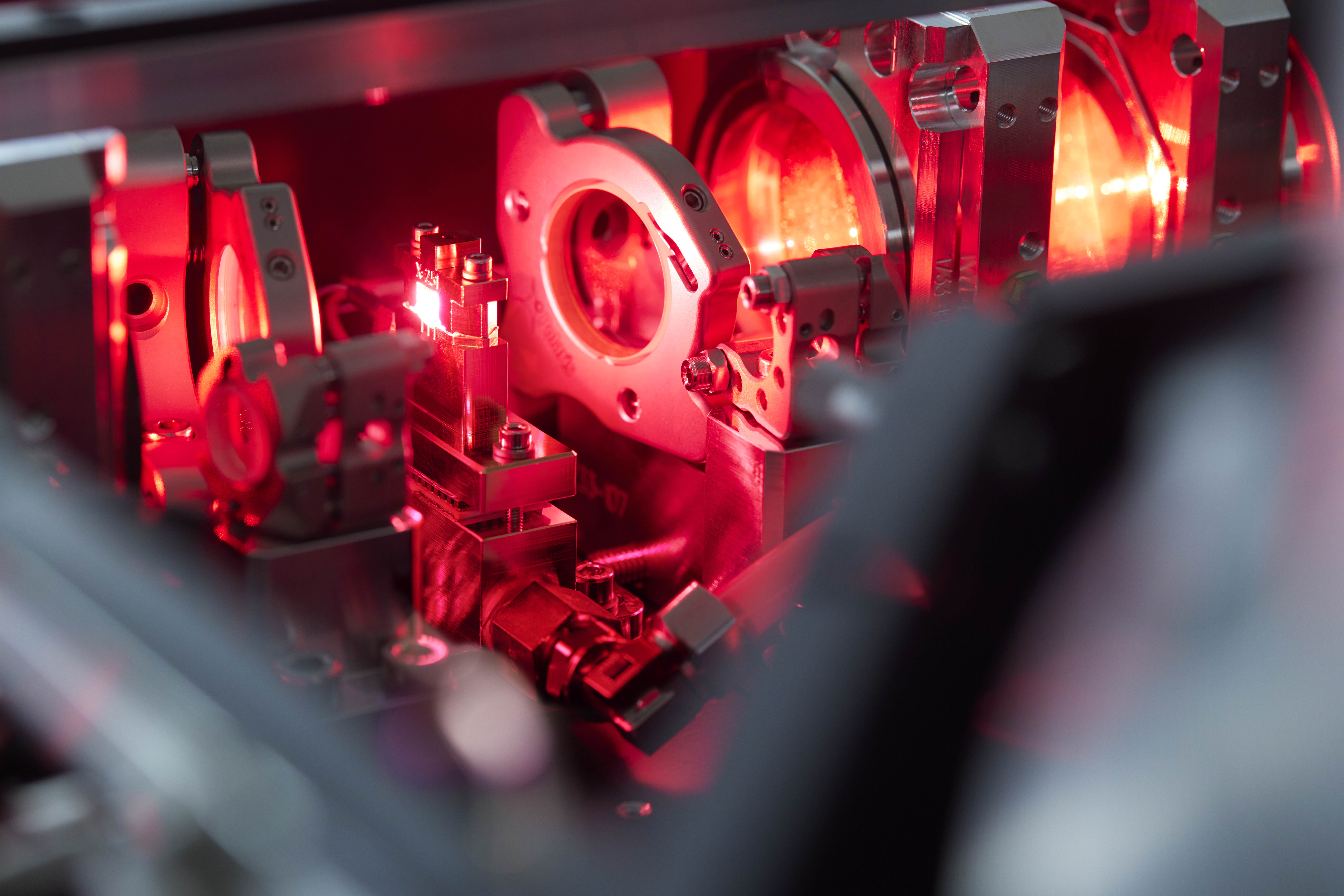
Satellite-based measurement technology is used to record weather data and environmental factors, control and measure various parameters and phenomena. For this purpose, Fraunhofer ILT has developed its own technology platform for satellite-based laser systems. This compact laser system is insensitive to strong vibrations and temperature changes. It enables researchers to collect and analyze data in real time or over longer periods of time in order to understand complex phenomena and develop solutions for various problems.
 Fraunhofer Institute for Laser Technology ILT
Fraunhofer Institute for Laser Technology ILT